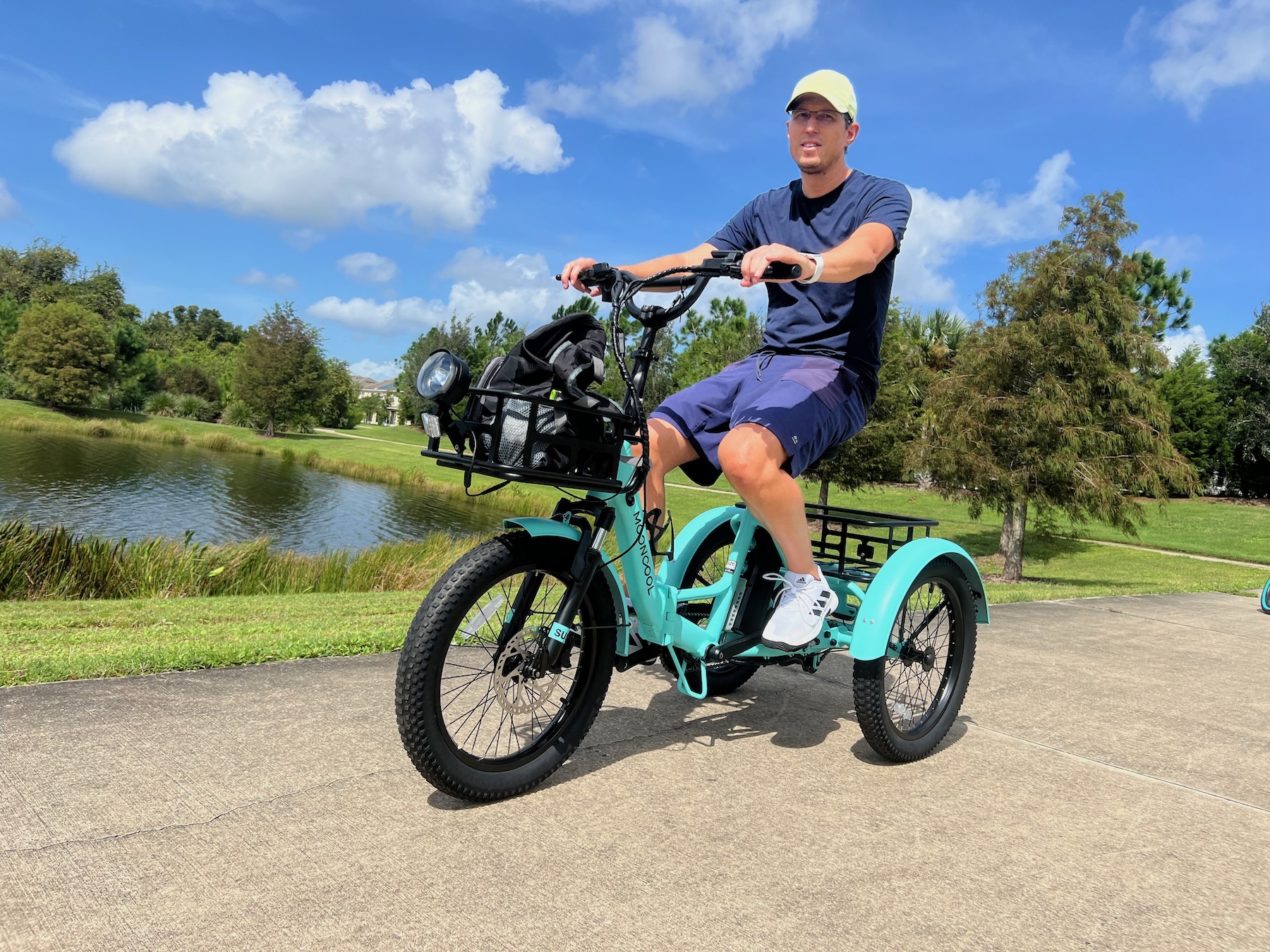Sign up for daily news updates from CleanTechnica on email. Or follow us on Google News!
Should student drivers learn to drive on an EV? Should there be a special EV licence, like the manual and automatic categories? Thanks to my neighbour Ken for supplying the L and P plates in the picture below.
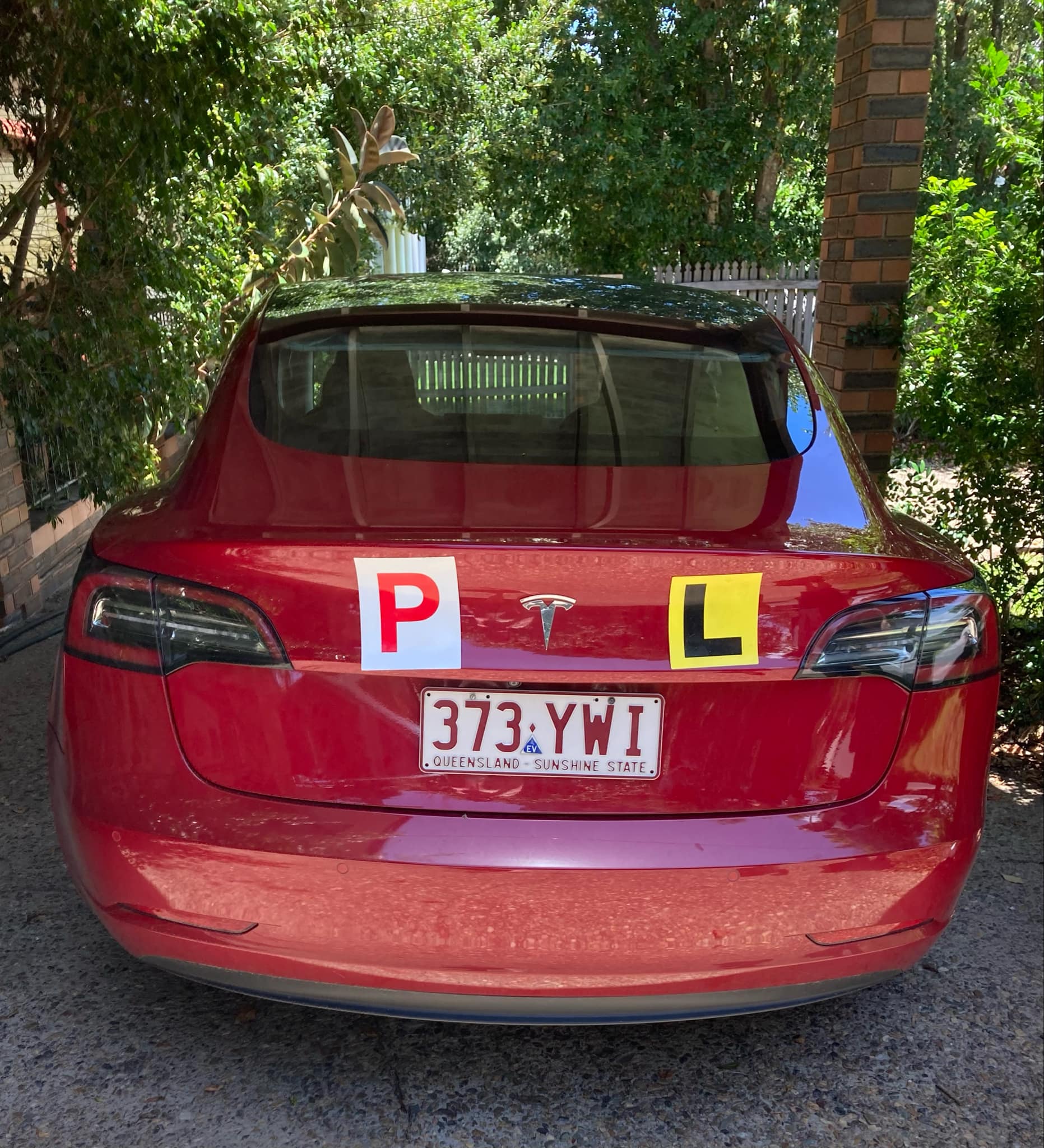
When I was a student driver (many decades ago), you passed your test and got a driver’s licence to drive any sort of car. Then, as automatics became more common, things changed. You could get a manual licence or an automatic licence. When I taught my children how to drive, I made sure that they learnt how to use a gear stick so they could drive any passenger vehicle on the road. Now I am wondering if we should have a new category, an electric driving licence. Or possibly a licence that allows you to drive a car fitted with driver-assistance features — like one that does the dreaded reverse park for you.
This train (horse?) of thought has moseyed along the track and taken a few detours and has led to some interesting conversations. Like the one with the BYD Seal Performance owner who said he appreciates the FUD slowing down the EV take-up, as drivers who could not handle the power of an EV would have more accidents. Perhaps he is more right that he realises, according to a recent article in CleanTechnica, and the story told to me by the Renault dealer when I test drove the Zoe (wouldn’t pull the skin off a custard). A father who owned a Tesla wanted to buy his daughter a Zoe so she wouldn’t have to deal with Tesla power while she was getting her driving experience.
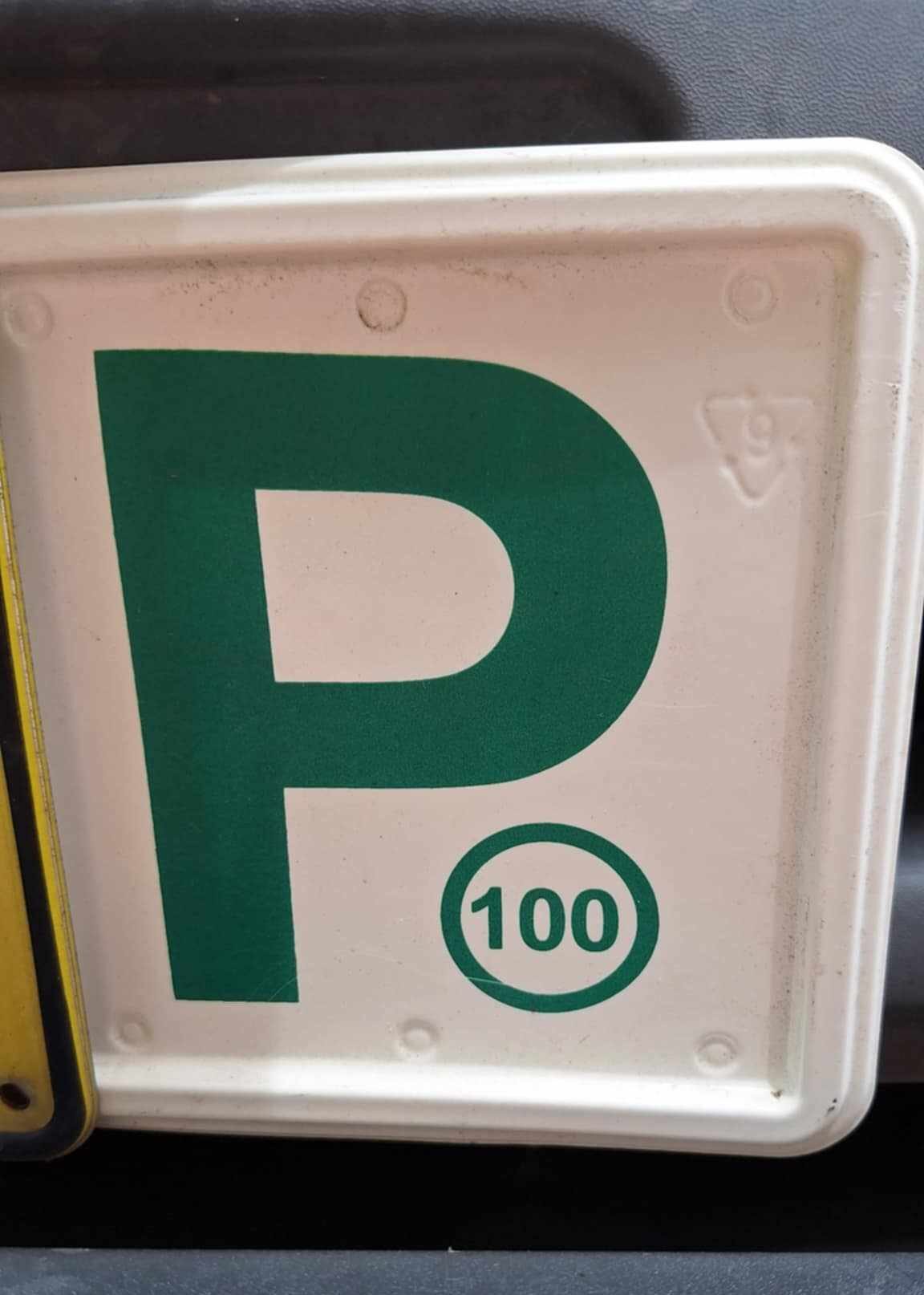
Then lo and behold, this popped up in my newsfeed and I thought, right, write. There are power-to-weight ratio restrictions in Australia that disallow inexperienced drivers or “P” platers (holders of a provisional licence) from driving some EVs (and V8’s as well, so it’s not one sided). The rules around what EVs you can legally drive on your P plates are almost as big a mess as Australia’s state-based rail gauges — different in each state. For example, a “P” plater can drive a Volvo EX30 in the Australian Capital Territory, but cross the border into NSW and she could face a fine and loss of licence. Sadly, the author of this article gave up on BEV and bought a HEV. WTF? I have a sneaking suspicion that this was more about FUD and fear of change.
A rapidly accelerating EV is viewed as being as powerful as a Ferrari or Lamborghini in the most populous Australian states of NSW, Victoria, Queensland, and South Australia. Roughly, if the power-to-weight ratio is greater than 130kW per tonne, it’s not allowed. However, there are still many cars to choose from in the lower powered trims. Most BYDs, most MGs, most Kias, and most Hyundais will be street legal for our P platers. Whatever you do, though — don’t put your P plater behind the wheel of a Tesla. As Elon has famously said, they “don’t make slow cars.” However, that quote may be apocryphal.
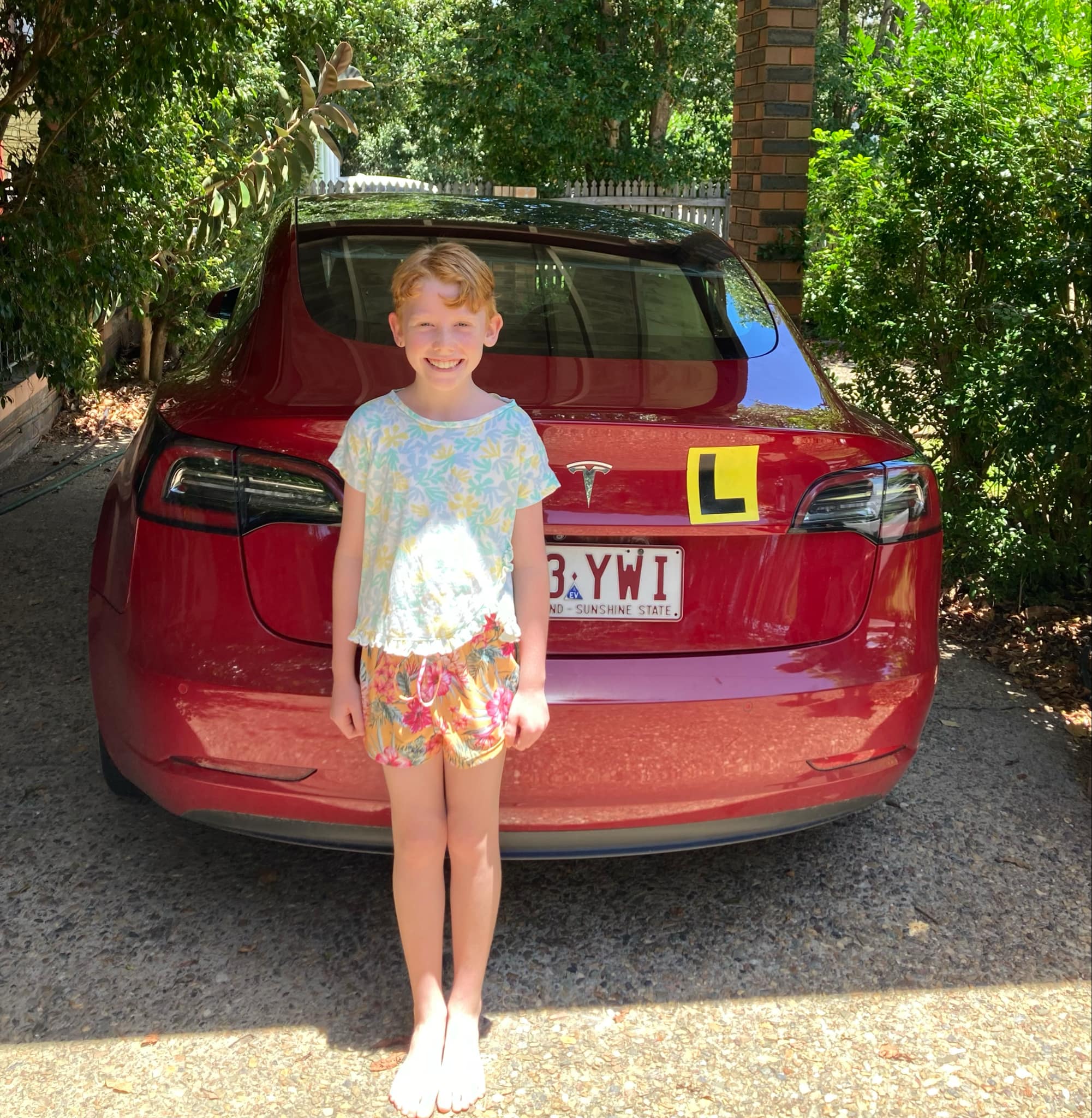
A learner driver can operate a Tesla under supervision, but once your young people have their licence, be careful what you let them drive. I reached out to my Facebook research team and got some fascinating responses about the learning and testing experience.
“My wife did her automatic driver’s license in an i-MiEV. Not quite like doing it in a Tesla.”
“Both of my daughters did their test in it. Didn’t need to do gear reduction and they were finicky about the parking tech etc but I think that came more from the instructors rather than the test officer. My oldest said the tester spent more time asking about the gadgets than the practicality stuff.”
“I made sure my kids learned in manual cars, so that they get the requisite skills to be able to drive anything. They appreciate the Tesla for what it is, but learning in a manual car and driving a few track days means they can now drive anything (this side of a large truck which requires a heavy vehicle licence). I think teaching kids to drive in EVs disadvantages them as they do not need to learn all the skills.”
“My daughter was locally the first to do the test in a Tesla, so I had a chat with one of the local examinators and he said she could use the car as is with all the safety features and one pedal driving, not use the display and of course not the autopilot and just wouldn’t test on certain standard tests if the car didn’t offer it. … His reasoning was that they have to move on with the times.”
“I started my son in the Tesla for his first L-drive, but he found it a bit frightening as he didn’t appreciate the directness of the car. I didn’t think of that as I find it for that same reason really easy to drive. He prefers to get more experienced first with driving in the BYD which drives more like a standard car with a bit more leeway.”
“It’s just a car dude. It’s not really any different to an automatic ice car. Regen braking is probably the only main difference.”
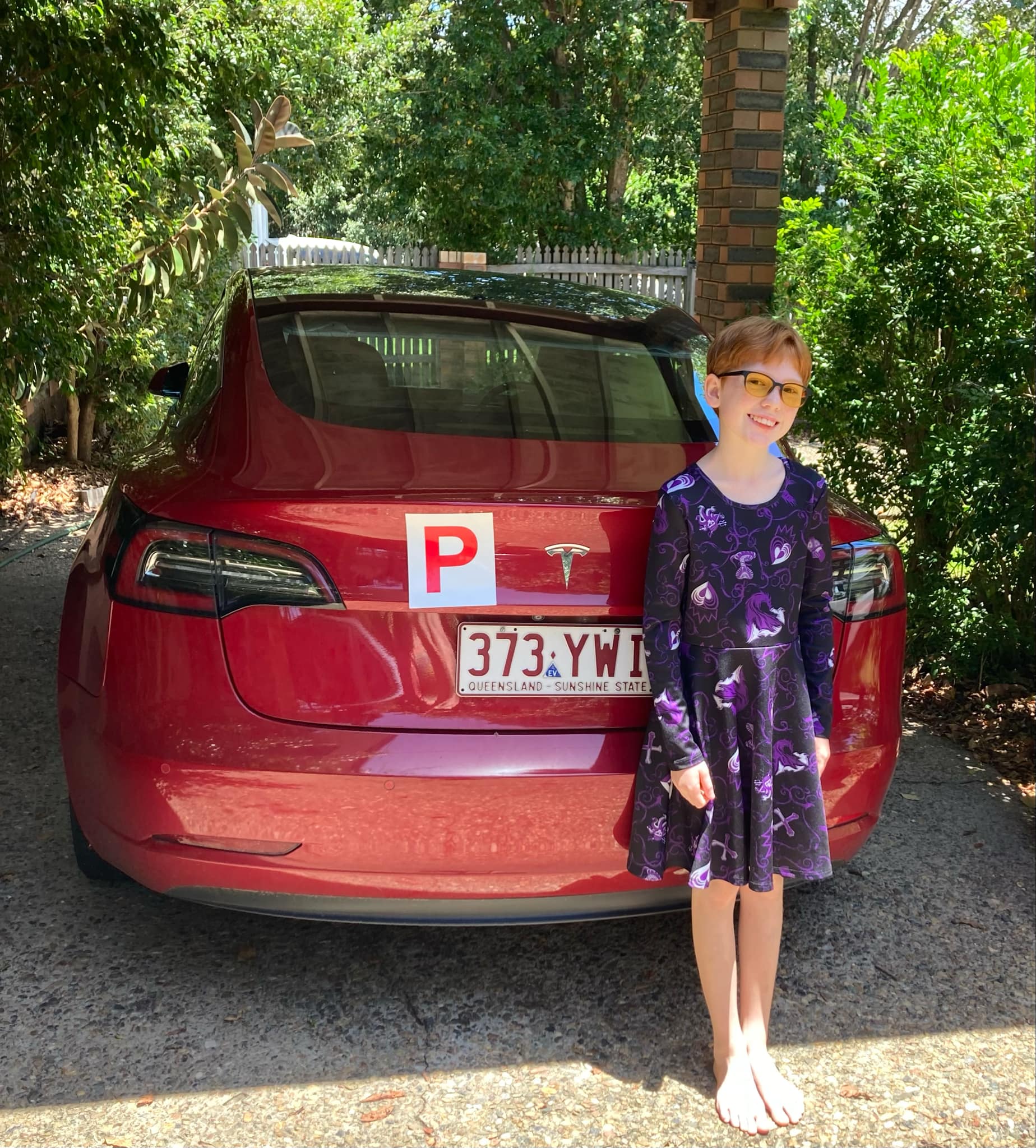
Of course, each new development in the EV ecosystem spawns new business opportunities. We now have a driving school in Brisbane dedicated to teaching students how to drive in a Tesla. According to its website, ALSET is Australia’s first driving school to use electric vehicles only. It was “born out of a simple idea of bringing high quality accessible training in an eco friendly car. Every year driving school cars emit hundreds of tons of harmful carbon into the atmosphere however by learning to drive in a Tesla, you are making a positive impact towards a sustainable future.”
ALSET has many positive reviews and claims a pass rate of almost 95%. ALSET Learn 2 Drive uses a Tesla Model 3 to train students. With an ANCAP rating of 5 stars, the 3 is one of the safest cars on the road. ALSET claims to focus on the mental aspects of driving to develop “proactive and defensive drivers that can predict and avoid situations instead of reacting to them.”

Having taught all five of my adult children how to drive, I have no intention of teaching my grandchildren. However, no one may need to. My smart little redheaded ten-year-old granddaughter quipped, “Don’t worry Grandad, I’ll just call an Uber.” She doesn’t know about the robotaxi yet! Perhaps that is for her younger sister.
Have a tip for CleanTechnica? Want to advertise? Want to suggest a guest for our CleanTech Talk podcast? Contact us here.
Sign up for our daily newsletter for 15 new cleantech stories a day. Or sign up for our weekly one if daily is too frequent.
CleanTechnica uses affiliate links. See our policy here.
CleanTechnica’s Comment Policy

